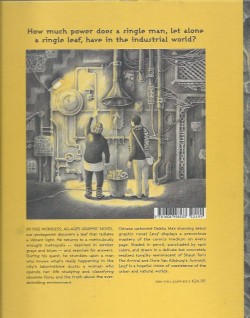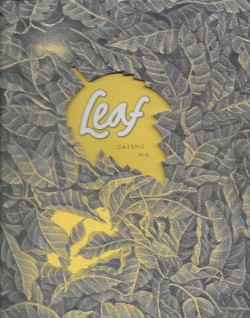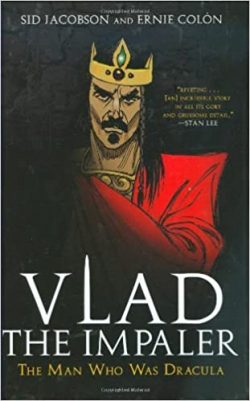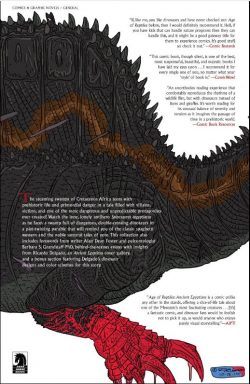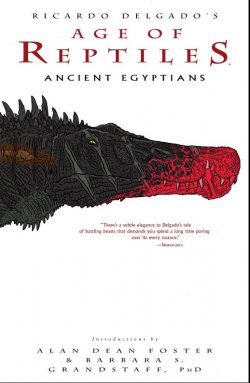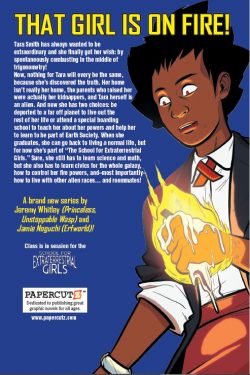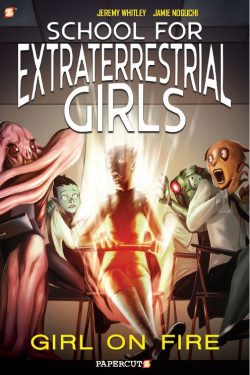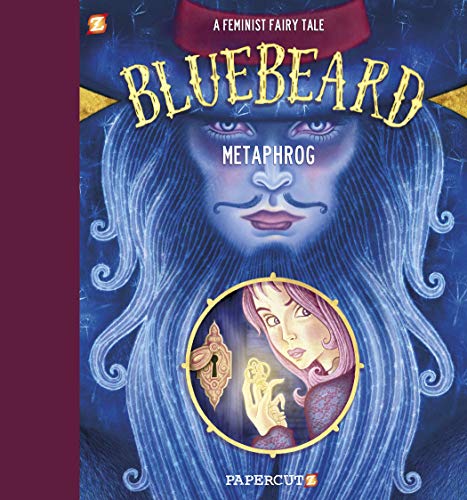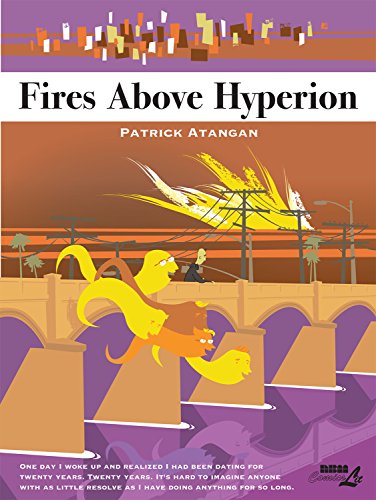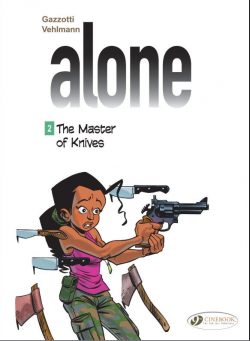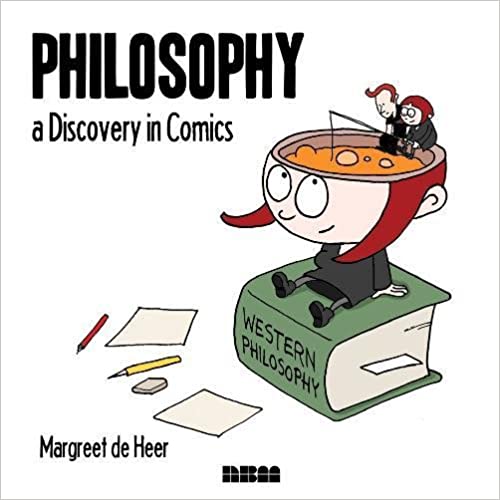

By Scott M. Goodall & John Stokes (Rebellion Studios)
ISBN: 978-1-78108-598-1 (HB)
Win’s Christmas Gift Recommendation: Shocking, Unforgettable and Unmissable British Drama… 10/10
At first glance British comics prior to the advent of 2000AD seem to fall into fairly ironclad categories. Back then, you had genial and fantastic preschool fantasy, a large selection of adapted TV and media properties, action, adventure, war and comedy strands. A closer look though, would confirm that there was always a subversive undertone, especially in such antihero series as Dennis the Menace, The Spider or the early Steel Claw.
…And then there was Marney the Fox.
Created and scripted by prolific veteran Scott Goodall (Captain Hurricane, Kelly’s Eye, Cursitor Doom, Captain Scarlet and dozens more), the series ran in multipurpose anthology Buster from June 22nd 1974 to September 4th 1976 and – even in a weekly periodical notorious for its broad and seemingly mismatched mix of themes and features – stuck out like a sore thumb.
Not for any lack of quality, of course.
Compellingly scripted by Goodall and set in his beloved Devonshire country, the serial was lavishly, almost hauntingly illustrated by frequent collaborator John Stokes (Black Knight, Father Shandor, Maxwell Hawke, L.E.G.I.O.N., Aliens, Star Wars, The Invisibles), with whom the writer had already crafted for Buster seminal classics Fishboy and The War Children.
Marney the Fox was very much a passion project and a creature of its times. If you look at the ordering descriptions online or even revel in the gorgeous and serene cover embellishing this luxurious hardback or digital compilation, you might conclude it’s a natural history strip or animal adventure along the lines of Lassie or Black Beauty.
Don’t be deceived. The books you should be thinking of here are Ring of Bright Water, Tarka the Otter and A Kestrel for a Knave (or Kes, if you don’t read As Much As You Should, but do watch movies). The deftly-constructed atrocities beautifully limned in every 2-page monochrome instalment were – and remain – brilliant naturalist propaganda and should be mandatory reading for every person who lives in, near or with the natural environment…
For two years the trials and tribulations of barely-weaned orphan fox cub Marney the Wandering One were a painfully beautiful, harrowing account of the horrors rural folk – from poachers to soldiers on manoeuvres to roadbuilders to landed gentry and their bloody hounds – all casually inflicted on unwelcome wildlife and ones that must have traumatised and successfully indoctrinated a generation of kids.
From his first encounter with and narrow escape from despicable mankind, young Marney endures a ghastly litany of close shaves, bolstered by far too few happy, peaceful moments as he flees from crisis to crisis until mercifully finding refuge and contentment. I had to put that last bit in because this is a sublime piece of comics wonderment, that everybody should read, but the weekly cliff hangers and sheer mental and physical abuse the little guy barely survives every seven days would have Batman, Captain America and Judge Dredd rushing for Valium and comfort blankies in an instant…
So take it from me: the fox lives happily ever after, okay?
Augmented by an Introduction from John Stokes, this is magical and unique comics entertainment, suitably acid-coating the hard, harsh life of British wildlife and the ignorance and cruelty of many – but not all – people. It’s also a story you must see and will never forget.
™ & © 1974, 1975, 1976, & 2017 Rebellion Publishing Ltd. All Rights Reserved.

